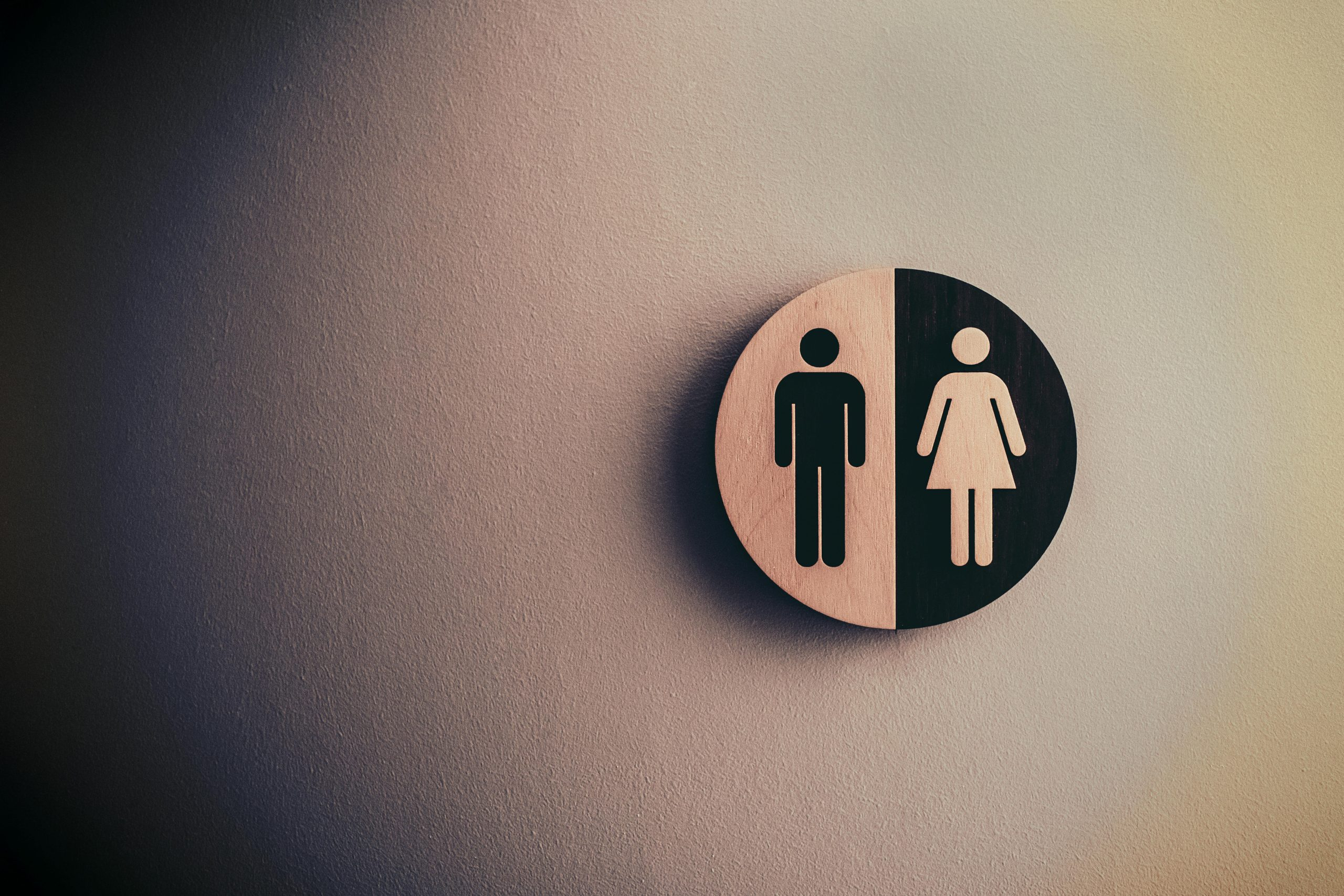The crucial link between a device’s size and its functionality
In this fast-paced world, technology has become an indispensable part of our lives. From smartphones to laptops, we are surrounded by electronic devices that have made our lives easier and more convenient. With the advancement of technology, the size of these devices has also evolved, becoming smaller and more compact. However, have you ever wondered about the crucial link between a device’s size and its functionality? In this article, we will explore how a device’s size can affect its functionality and why it matters in the world of technology.
The Evolution of Device Sizes
Gone are the days when carrying the latest gadget meant carrying a bulky and heavy backpack. Today, we have devices that can fit in the palm of our hands, yet offer powerful features and functionality. The evolution of device sizes can be attributed to several factors, including consumer demand, technological advancements, and market competition.
Consumer Demand
The demand for smaller and more compact devices has been on the rise in recent years. With our busy lifestyles, we prefer devices that can be easily carried around and used on the go. This has led manufacturers to come up with innovative designs and produce smaller devices that can meet this demand.
Technological Advancements
Advancements in technology have also played a significant role in the evolution of device sizes. With the advent of miniaturization and microtechnology, electronic components can now be made smaller without compromising their functionality. This has allowed manufacturers to design and produce smaller devices without sacrificing performance.
Market Competition
In today’s competitive market, every manufacturer strives to offer the latest and greatest technology in the smallest package. This has led to a race to produce the smallest and most compact devices while still providing top-notch features and functionality. As a result, consumers are spoiled for choice when it comes to selecting a device that suits their needs and preferences.
The Crucial Link Between Size and Functionality
The size of a device is not just a matter of personal preference or convenience; it also has a significant impact on its functionality. A device’s size can affect various aspects, such as performance, usability, and durability.
Performance
One of the most crucial factors affected by a device’s size is its performance. Smaller, compact devices often have limited space for components, leading to compromises in terms of processing power, storage, and battery life. On the other hand, larger devices can accommodate more powerful components, resulting in better performance.
Usability
The size of a device also plays a vital role in its usability. Smaller devices can be challenging to operate, especially for individuals with larger hands. This can lead to a frustrating and inconvenient user experience. On the other hand, larger devices offer more surface area, making it easier to navigate and use various features and functions.
Durability
The size of a device can also impact its durability. Smaller devices tend to be more fragile, as they have less space for protective and sturdy materials. This makes them more susceptible to damage, such as cracked screens or broken casings. In contrast, larger devices can accommodate more durable materials, making them less prone to damage and more long-lasting.
The Perfect Balance
When it comes to device sizes, there is no one size fits all solution. Each person has different needs and preferences, and what works for one may not work for another. However, finding the perfect balance between size and functionality is crucial.
Manufacturers must strike a balance between producing smaller, more compact devices that are convenient to carry and use, while still meeting consumer demands for high-performing, durable devices. As consumers, we must also consider our needs and usage patterns when selecting a device, ensuring that we don’t compromise on functionality for the sake of portability.
Conclusion
The evolution of device sizes has played a significant role in shaping the world of technology. While smaller and more compact devices offer convenience and ease of use, they also have their limitations. As we continue to see technological advancements and market competition, finding the perfect balance between device size and functionality will remain crucial. So the next time you’re in the market for a new device, remember the crucial link between size and functionality to make an informed decision that best suits your needs.










